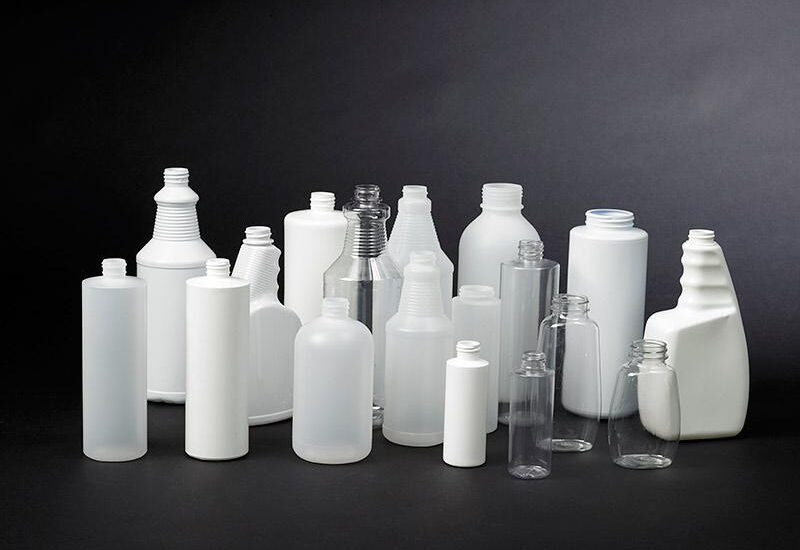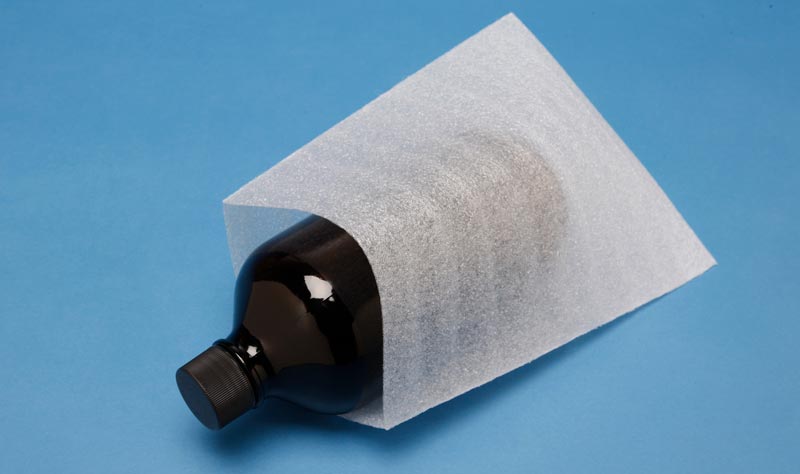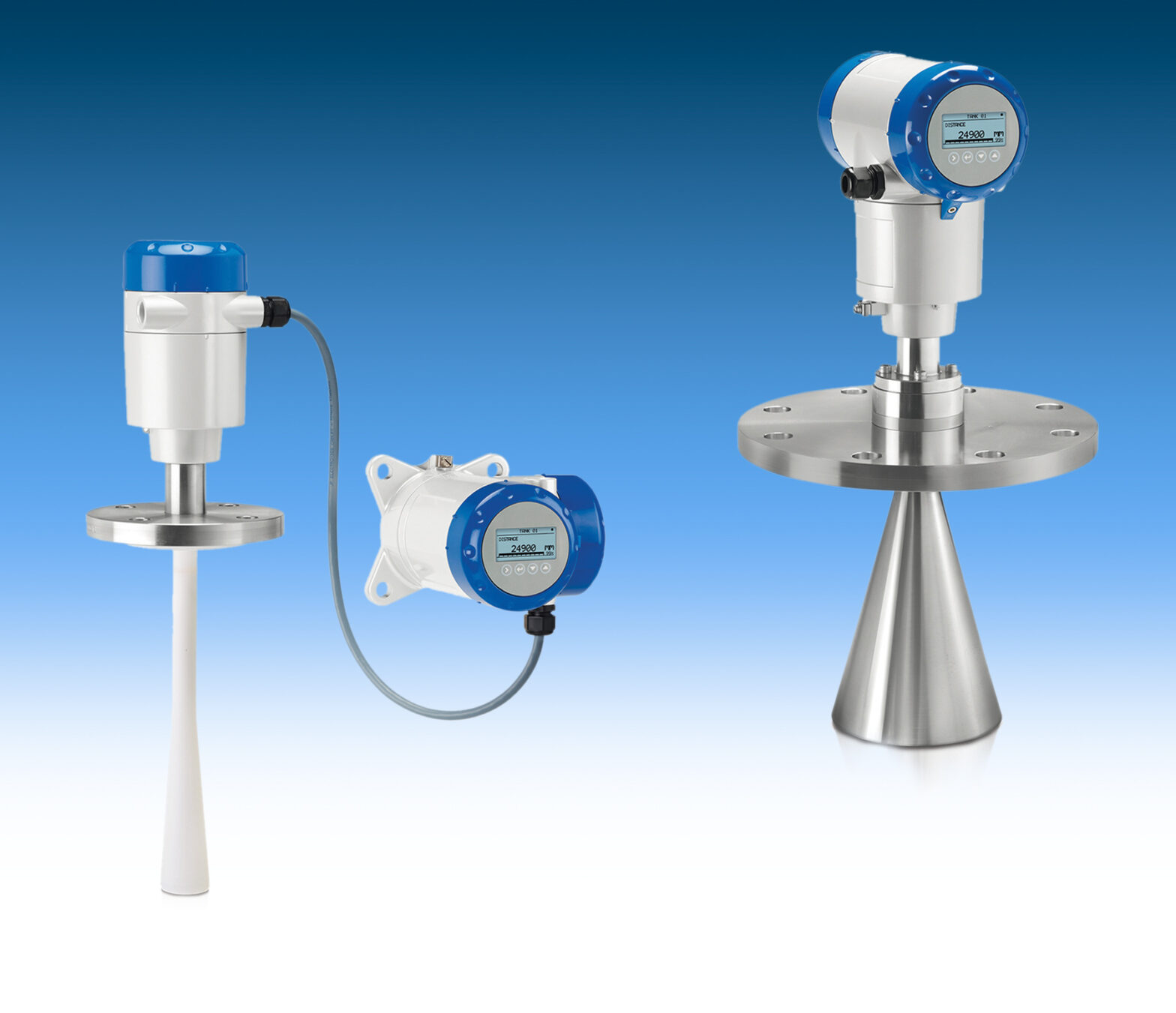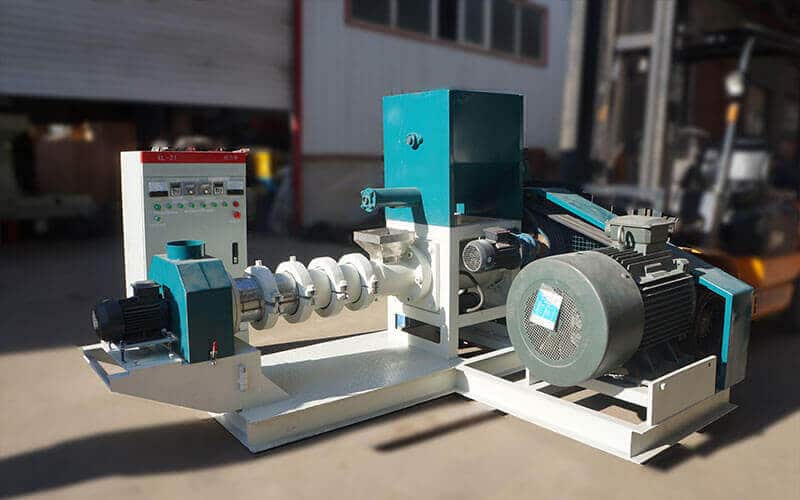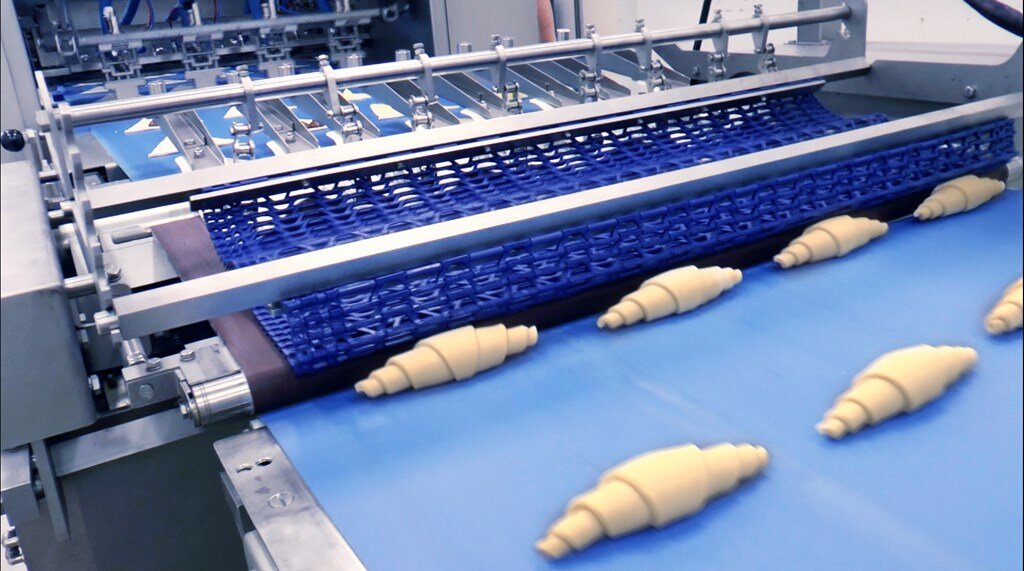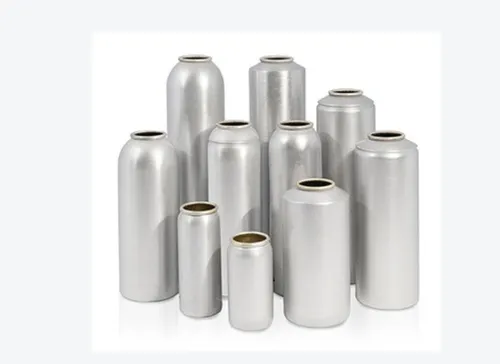
The United States takes center stage in the aluminum aerosol cans market, projected to achieve a robust 4.0% compound annual growth rate (CAGR) with a valuation of US$ 1.6 billion during the forecast period. The driving force behind this growth is the increasing consumer spending on cosmetic brands, largely attributable to the high standard of living in the country. Additionally, the market benefits from the booming automotive sector, ongoing research and development activities, and the presence of key industry players that collectively propel the United States to the forefront of the aluminum aerosol cans market.
The adoption of aluminum aerosol cans is on the rise, driven by their flexible and convenient packaging applications across various end-use industries. Furthermore, manufacturers are actively developing sustainable and eco-friendly packaging solutions to mitigate toxicity concerns and strengthen the market’s position in the country. Consequently, the market experiences an upsurge in opportunities, bolstered by evolving trends, advanced technologies, and government support for the promotion of aluminum aerosol can recycling.
Notably, in 2019, the United States Environmental Protection Agency introduced a new initiative centered around recycled aerosol cans. This initiative not only encourages the recycling process but also contributes to reducing the volume of waste destined for landfills, aligning with sustainable and eco-conscious practices.
Request Sample Report: https://www.futuremarketinsights.com/reports/sample/rep-gb-2165
The Global aluminum aerosol cans market is projected to secure a valuation of US$ 4.4 billion in 2023 and is anticipated to rise to US$ 7.1 billion by 2033. The market is registering a CAGR of 4.8% during the forecast period.
Growing urbanization, increasing population, changing lifestyle, and rising disposable income propels the market growth. The end-user industries such as industrial, cosmetic & personal care, automotive, and household products are driving the market expansion. The adoption of aluminum aerosol cans to store hair & skincare products, including shampoos, creams, sanitizer, and lotions, are flourishing the industry size.
Food manufacturers are raising the demand for aluminum aerosol cans to store topping cream and foam, driving the market size. Rapidly growing automotive paint, polish, and spray are surging the market expansion. Moreover, raising awareness about hygienic, eco-friendly, and convenient packaging propels industry growth.
The manufacturers adopt innovative technologies to produce premium quality and 100% recyclable aerosol cans. They develop light-weighted, long-lasting, and cost-effective products that are surging market opportunities during the forecast period. The different types and designs of aluminum aerosol cans developed by manufacturers for the aesthetic look bolstered the market size.
Key Takeaways:
- The aluminum aerosol cans industry is expected to register a valuation of US$ 7.1 billion by 2033.
- With a CAGR of 4.8%, the global market is increasing during the forecast period.
- The market in the United States is anticipated to record a CAGR of 4.0% through 2033.
- With a CAGR of 3.6%, the United Kingdom aluminum aerosol cans industry significantly uplifts during the forecast period.
- The China market is expected to register a CAGR of 8.5% over the forecast period.
- France market is likely to capture a CAGR of 6.8% by 2033.
Who is Winning?
A few of the key players fragment the market in the global market. These industry players play a crucial role in the global market by innovating products through advanced sustainable technology. In addition, market vendors invest in research & development activities to acquire maximum profit in the market.
The market players are focused on recyclable aluminum aerosol cans to reduce wastage. Through distribution channels, including online, retail shops, and others, the players increase the sales of their innovative products by attracting consumers’ attention. The high quality and non-hazardous packaging products advance the market to another level. The marketing methodologies adopted by these players are mergers, collaborations, acquisitions, product launches, and partnerships.
Ask an Analyst: https://www.futuremarketinsights.com/ask-the-analyst/rep-gb-2165
Other Key Players in the Market are:
- Ball Corporation
- Crown Holdings, Inc.
- Alucon PCL
- CPMC Holdings Ltd
- Kian Joo Can Factory Bhd.
- CCL Industries Inc.
- Nampak Limited
- China Aluminum Cans Holdings Ltd.
- BWAY Corporation
- Toyo Seikan Group Holdings Ltd
- Linhardt GmbH & Co KG
- Montebello Packaging Inc
- Euro Asia Packaging (Guangdong) Co., Ltd
Recent Developments:
- In May 2020, the Swiss packaging companies Beiersdorf and Nussbaum announced their new product launched aerosol cans made from 100% recyclable aluminum.
- In January 2019, an aluminum aerosol packaging leader Ball Corporation announced its new launch of a 360-degree aerosol Can in Paris. Through this product, the company expands its business portfolio in rigid packaging across the globe.
- In March 2021, a leading beverage company Damm achieved ASI (Aluminum Stewardship Initiative) and a Chain of Custody Standard certificate for their cans.
Decoding Research: Navigating Report Methodology: https://www.futuremarketinsights.com/askus/rep-gb-2165
Market by Category
By Capacity Type:
- Less than 100 ml
- 100 to 250 ml
- 251 to 500 ml
- More than 500 ml
By Product Type:
- Shaped Wall
- Necked In
- Straight Wall
By End-use Industry:
- Cosmetics & Personal Care
- Household Products
- Automotive/Industrial
- Others
About Future Market Insights (FMI)
Future Market Insights, Inc. (ESOMAR certified, recipient of the Stevie Award, and a member of the Greater New York Chamber of Commerce) offers profound insights into the driving factors that are boosting demand in the market. FMI stands as the leading global provider of market intelligence, advisory services, consulting, and events for the Packaging, Food and Beverage, Consumer Technology, Healthcare, Industrial, and Chemicals markets. With a vast team of over 5000 analysts worldwide, FMI provides global, regional, and local expertise on diverse domains and industry trends across more than 110 countries.
Contact Us:
Future Market Insights Inc.
Christiana Corporate, 200 Continental Drive,
Suite 401, Newark, Delaware – 19713, USA
T: +1-845-579-5705
For Sales Enquiries: sales@futuremarketinsights.com
Website: https://www.futuremarketinsights.com
LinkedIn| Twitter| Blogs | YouTube

